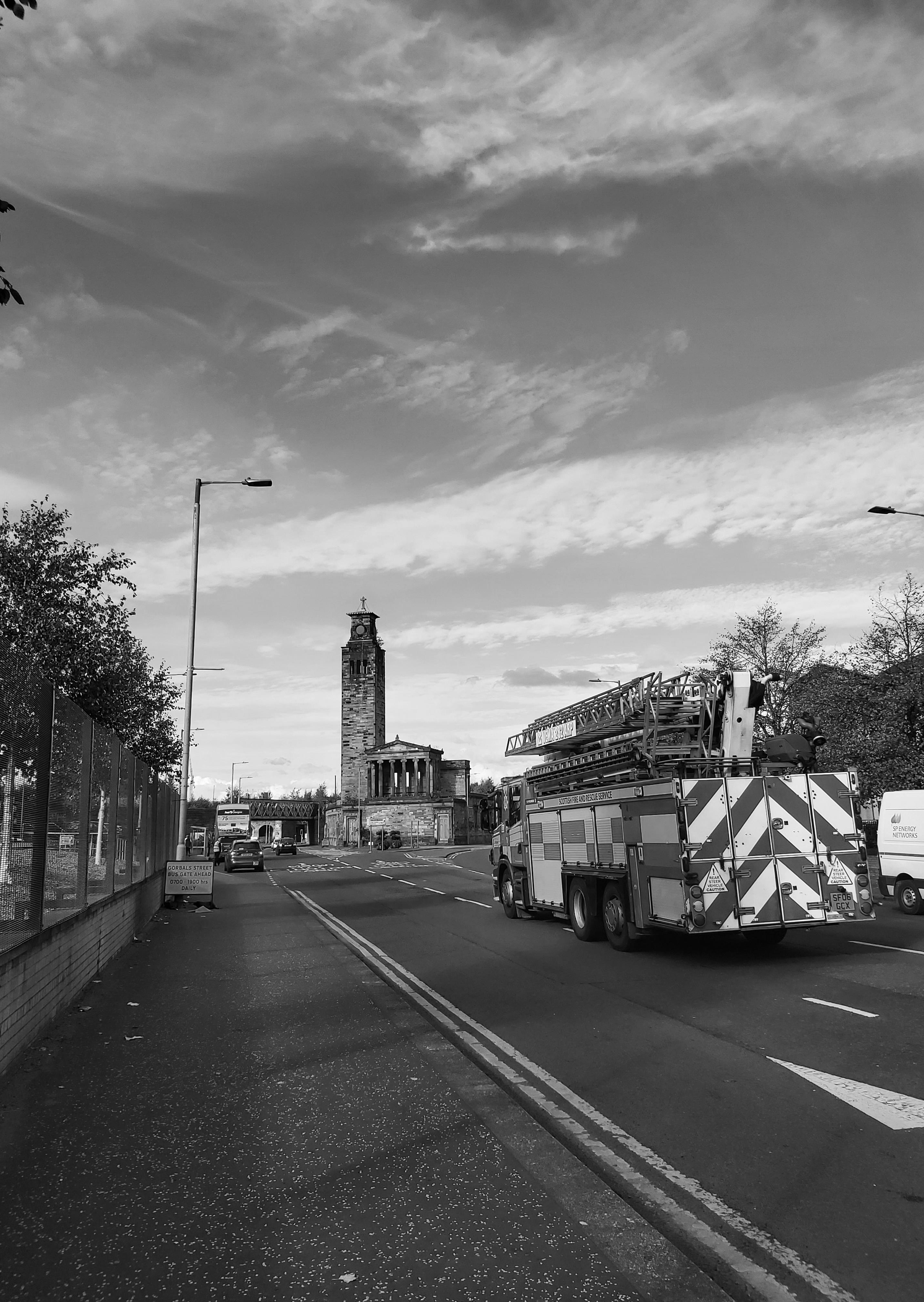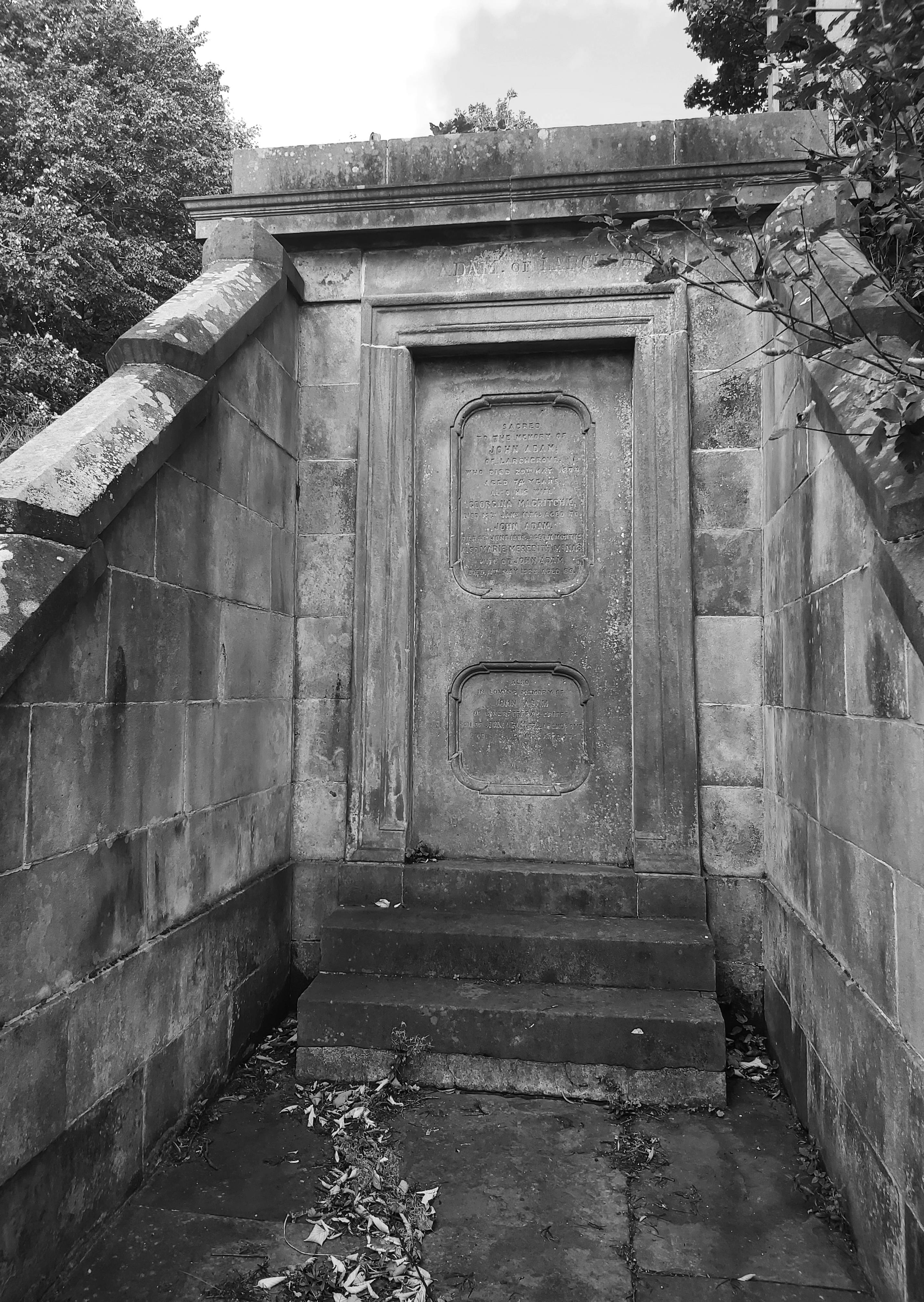CHLOE SPIESS THESIS SYNOPSIS + PRO FORMA O.1
CULTURAL mystery novels, truth, crime, death, exploitation, voyeurism
WRITING, CRIME, AND ARCHITECTURE 2020-2021 Diploma of Architecture Final Design Thesis Mackintosh School of Architecture Glasgow School of Art
DISCIPLINE selective urbanism, design and safety, security, authenticity, contextualization
TABLE OF CONTENTS 00 Area of Interest
01 Research Question
02 Architectural Technology Focus
03 Bibliography & Sources
04 Case Studies
05 Project Site
06 Synopsis
Headless Gingerbreadman found in East End, Pavement
00 Area of Interest Historic research and narrative architecture. Last year during the Spring Friday Lecture Series, Forensic Architecture gave a talk. Prior to that talk, the student organizers screened a couple of their documentaries. One aspect of their work that interested me was their use of architectural modelling as a tool to re-construct the scene/ what happened where for future prosecution. This unusual dovetailing of design, storytelling, and ethics/criminal justice work captured my imagination. The ‘why’ of how things came to be is fascinating to me. One studio that I took in undergrad started with the premise that all of nature had been destroyed by humans and that humans were now co-existing with animals in a completely built-over planet. I spent the whole studio developing my own version or history of
how this came to be through models and drawings. One practice’s working-method that I really respect is Global Arquitectura Paisagista in Portugal. Landscape architects, they designed the Ribeira da Naus. The project involved excavating shipyards and reusing the space in an innovative way that suited the requirement for a new public park and honoured the memory of the city’s history. This project nicely combines the
“why” and “how” that is what I find so exciting about
architecture.
Old church ruin in New Gorbals
Caged church in East End
01 Research Question
How can the investigative curiosity of a mystery writer inform the study of a city and design?
“THE TRUTH, HOWEVER UGLY IN ITSELF, IS ALWAYS CURIOUS & BEAUTIFUL TO SEEKERS AFTER IT.” -HERCULE POIROT
02 Architectural Technology Focus If possible, I would like to use the holistic WELL building standards in the design of my building. The WELL standards seek human health and well-being in the built environment. The ten concepts of the standards: air, water, nourishment, light, movement, thermal comfort, sound, materials, mind and community will help me to hone all aspects of the project in a productive manner. One of my favourite concepts of architectural technology is the re-use of ruins within modern buildings or landscapes. In relation to my thesis, a forensic approach to the site sounds reasonable. I would be interested on pairing the ruin with timber frame, or something that will somehow embody memory. Whatever materials I use, I want them to change over time as people pass through, leaving their mark. In exploring the intersection of writing, crime, and architecture, perhaps I should look at the history of courts and prisons in Glasgow. How does one deal with a site with this kind of history and re-purpose the space? Put up plaques?
03 Bibliography & Sources Already consulted:
• Neary, Lynn, and Tana French. “How To Write A Great Mystery.” NPR. NPR, July 28, 2008. https://www.npr.org/templates/story/story.php?storyId=92995184. • Corbett, David. “The Differences Between a Crime Novel, Mystery Novel and Thriller Novel,” March 13, 2019. https://www. writersdigest.com/write-better- fiction/differences-crime-novel-mystery-novel-thriller-novel. • Gray, Alasdair. Lanark: a Life in Four Books. Edinburgh: Canongate Books, 2016. (not sure that this will be relevant but it’s based in Glasgow)
Soon to be consulted:
• “Making Spaces Meaningful through Architectural Storytelling.” The Bartlett. UCL Bartlett School of Architecture, December 8, 2017. https://www.ucl.ac.uk/bartlett/news/2017/dec/ making-spaces-meaningful-through-architectural-storytelling. • Venturi, Robert. Complexity and Contradiction in Architecture: Robert Venturi. Place of publication not identified: Architectural Press/Museum of Modern Art, 1977. • Cramer, Johannes, and Stefan Breitling. Architecture in Existing Fabric: Planning, Design, Building. Basel: Birkhäuser, 2007.
Door-entrance to family tomb, Glasgow Necropolis
imagining the scene
historic excavation integrated into contemporary urban space
letting the historic building be the star
04 Case Studies
Giuseppe Terragni’s Unbuilt Danteum – This proposal (enthusiastically received by Mussolini) endeavoured to recreate in physical form passages of Dante’s Divine Comedy. A rare example of a tangible manifestation of literature.
Global Arquitectura Paisagista Lda + PROAP Estudos’s Ribeira da Naus in Lisbon – A waterfront urban plan that included archaeological digging and historic research.
Page/Park’s Rosslyn Chapel Visitor’s Centre – A thoughtful response to a client’s need and pairing with the existing chapel structure.
05 Project Site I am investigating Greater Gorbals and Govanhill as potential locations for this scheme. I will also take some time exploring the connection of the two necropolii in the city: the main Necropolis in the city centre, and the southern necropolis in Gorbals. The idea of having a tale of two dead cities sounds like a mystery writer’s dream!
Greater Gorbals Population: 8,530 Urban Density: 7,265/km2
Govanhill Population: 9,725 Urban Density: 11,308/km2
Drumchapel Blairsdardie
North Maryhill/
Lambhill/Milton
Summerston Temple/ Maryhill Anniesland Knightswood Kelvindale/ Road Kelvinside Corridor Ruchhill/ Possilpark Anniesland Hyndland/ Yoker/ Dowanhill/ Scotstoun Partick East Broomhill/ Hillhead/Woodlands Partick West Yorkhill/Anderston Greater Govan
Corkerhill/ North Pollock
Bellahouston/ Craigston/ Pollockshields Mosspark
Pollock
Priesthill/ Househillwood South Nitshill/ Darnley
Pollockshaws/ Mansewood Arden/ Cornwadric
Springburn
City Centre/ Merchant City
Sighthill/ Roystonhill/ Germiston Dennistoun Calton/ Bridgeton
Ibrox/Kingston
Cardonald/ Penilee/ Crookston
Robroyston/ Millerston
Balormock/ Barmulloch
Greater Gorbals
Shawlands/ Govanhill Strathbungo Toryglen Langside/ King’s Park/ Battlefield Mount Florida Newlands/ Cathcart Croftfoot Simshill Castlemilk
Carmunnock
Blackhill/ Hogganfield
Ruchazie/ Garthamlock
Easterhouse
Riddrie/ Cranhill Haghill/ Carntyne
Parkhead/ Dalmarnock
Springboig/ Barlanark
Mount Vernon/ East Shettleston Tollcross/ West Shettleston
Baillieston/ Garrowhill
06 Synopsis In this thesis I plan to explore the intersection of writing, crime, and the built environment. The entire genre of mystery novels owes its existence to the built environment. The characteristic suspense of the mystery novel would be lost without the ability to hide around a corner or behind a tombstone. By researching and investigating the city like a mystery novelist, I hope to uncover forgotten but significant parts of the history of Glasgow. Looking at the main necropolis and southern necropolis in tandem with ancient courts or prisons will be a starting place. At present I do not have an idea of what the eventual programme will be, but it will need to be sensitive to the weight that such subjects deserve.


